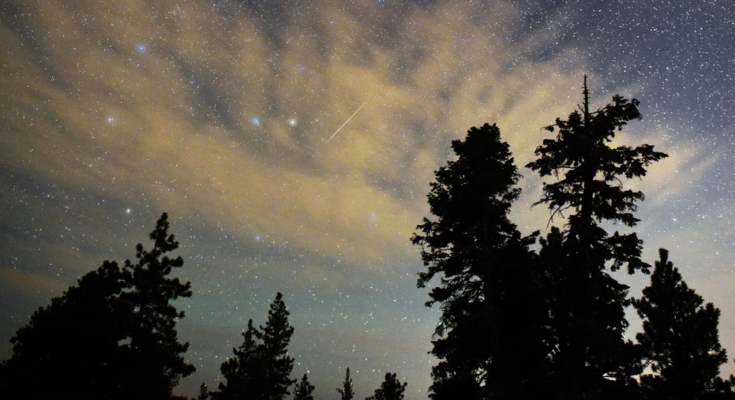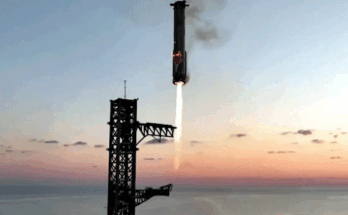Get ready for a meteor shower doubleheader.
The Southern Delta Aquariid meteor shower peaks in late July. And this year, it will coincide with a second smaller meteor shower, the Alpha Capricornids.
The Delta Aquariids occur every year in North America’s late summer. This year’s peak activity happens early Tuesday morning, with an expected 15 to 20 meteors visible per hour in the Northern Hemisphere, under dark skies. Viewing should be even better in the Southern Hemisphere. The shower lasts through August 21, according to the American Meteor Society.
VIDEOS CAPTURE FIREBALL METEOR LIGHTING UP COLORADO’S EARLY MORNING SKIES
Around the same time, the Alpha Capricornid meteor shower should produce around five meteors per hour and lasts through August 15.
Here’s what to know about the Delta Aquariids and other meteor showers.
Multiple meteor showers occur annually and you don’t need special equipment to see them.
Most meteor showers originate from the debris of comets. The source of the Delta Aquariids is thought to be from the comet 96P/Machholz. The Alpha Capricornids originate from the comet 169P/NEAT.
When rocks from space enter Earth’s atmosphere, the resistance from the air makes them very hot. This causes the air to glow around them and briefly leaves a fiery tail behind them — the end of a “shooting star.”
The glowing pockets of air around fast-moving space rocks, ranging from the size of a dust particle to a boulder, may be visible in the night sky.
These two meteor showers are not high volume, but the Alpha Capricornids often produces very bright meteors, said University of Warwick astronomer Don Pollacco.
For skygazers, “one bright one is worth 20 faint ones,” he said.
Meteor showers are usually most visible between midnight and predawn hours.
It’s easier to see shooting stars under dark skies, away from city lights. Meteor showers also appear brightest on cloudless nights when the moon wanes smallest.
And your eyes will better adapted to seeing meteors if you aren’t checking your phone. “It ruins your night vision,” said NASA’s Bill Cooke.
The Southern Hemisphere will have the best view of Delta Aquariids. Coinciding with a waning moon around 30% full means the clearest viewing will happen after midnight.
The meteor society keeps an updated list of upcoming large meteor showers, including the peak viewing days and moonlight conditions.
The next major meteor shower will be the Perseids, peaking in mid-August.


